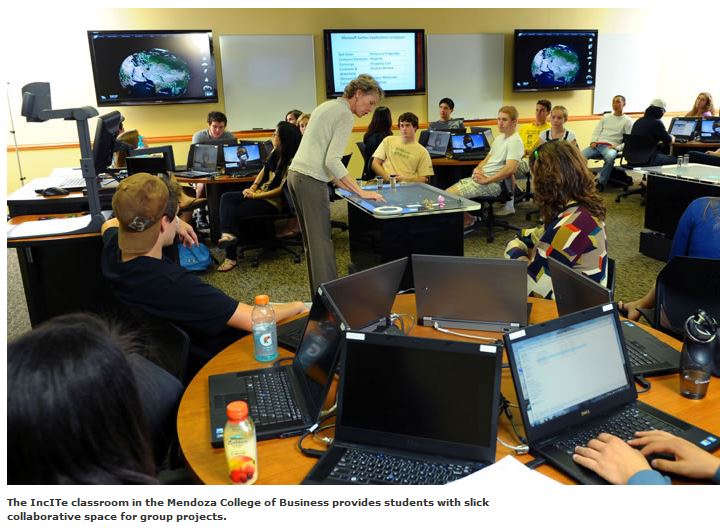Dans mon dernier billet sur l’article A time for telling (portant sur les connaissances requises pour bénéficier pleinement d’un exposé magistral), j’aurais aimé mettre en évidence la vision du constructivisme qu’ont les auteurs. Ç’aurait été un détour qui aurait distrait du propos principal de l’article. Je me permet donc un second billet sur le même article, mais pour un volet différent. Je cite le passage de l’article où les auteurs expriment leur vision du constructivisme et de ses implications pour l’enseignement.
Issues relevant to a time for telling are especially important in the context of constructivist models that emphasize the active construction of knowledge by learners. Constructivist models are often compared to transmission models that assume that students acquire knowledge by having it transmitted to them by a teacher or a text (e.g., Brown, 1992; Cognition and Technology Group at Vanderbilt [CTGV], 1996; Scardamalia & Bereiter, 1991). There are many areas of confusion surrounding constructivist theories and their implications for instruction. A major source of confusion involves assumptions about relations between constructivist theories of knowing and the implications of those theories for instruction. These confusions can be clarified by considering the following continuum:
Total Student Control ↔ Total Teacher Control
Some people assume that constructivist approaches refer primarily to the far left of the continuum and, hence, demand a “discovery learning” approach to instruction in which students explore new domains without teacher guidance. Most constructivists explicitly reject this view and, instead, argue that an emphasis on unconstrained discovery is not a necessary implication of constructivist theorizing. A number of studies show that “guided discovery” and “scaffolded inquiry” are much more effective for learning than unconstrained discovery (e.g., Brown & Campione, 1994; CTGV, 1996; Gagnt & Brown, 1961 ; Littlefield et al., 1988).
Less extreme (and more prevalent) than the unaided discovery view is the assumption that constructivist models refer to the left half of the continuum and that transmission models refer to the right. In our view, this too is a misconception. Constructivism refers to a theory of knowledge growth that operates whether one is actively exploring or whether one is sitting still and listening to a lecture or reading a book (e.g., Cobb, 1994). The question for constructivists focuses on the kinds of activities needed to help people best construct new knowledge for themselves. Often, the act of listening to a lecture or reading a text is not the best way to help students construct new knowledge. At other times, this may beexactly what students need. [mon emphase]
Cette vision du constructivisme cadre bien avec celle d’autres auteurs que j’ai déjà couverts dans L’éveilleur. Au lieu de faire la guerre à la transmission par lectures et par exposés magistraux, il est plus productif de chercher à comprendre quelles méthodes pédagogiques sont appropriées dans quelles circonstances et pour quels apprenants.
Source
Schwartz, Daniel L., & Bransford, John D. (1998). « A Time For Telling ». Cognition and Instruction, 16(4), 475-5223. doi: 10.1207/s1532690xci1604_4






